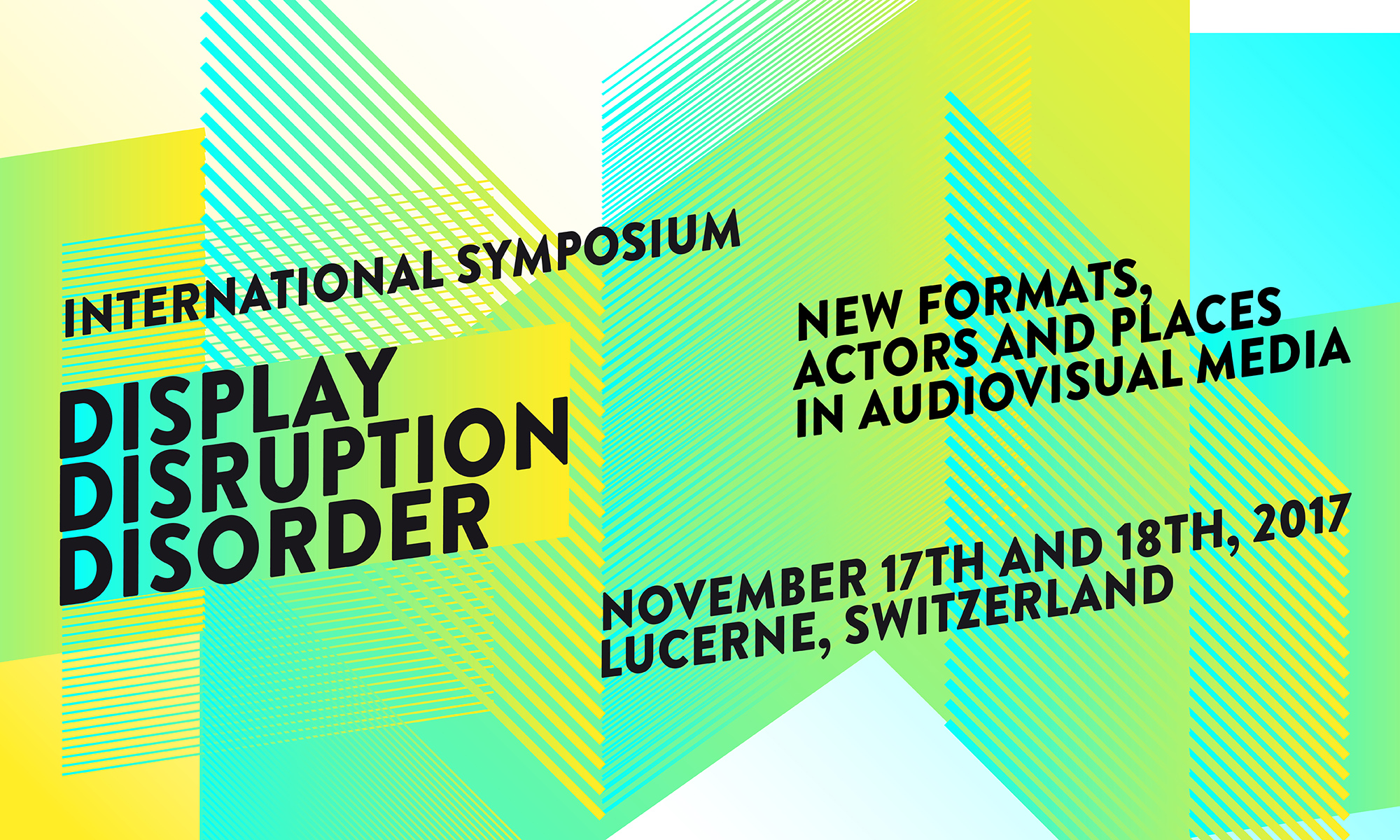The field of audiovisual media has changed dramatically over the last two decades. Until recently, the amount of audiovisual technologies was manageable; channels of distribution were few; media and film schools taught their students a broadly accepted canon of crafts and skills. Graduates would work as self-employed filmmakers or photographers and as technicians, as representatives and media developers for TV-Stations or other media-companies. Those days are over. Digitization and distribution via the Internet and social media have proved a massive disruption to traditional structures. Young directors and media producers are defining new positions in an ever-shifting media ecology, constantly facing the pressure to adapt to a wide array of technological, economical as well as social changes. These shifts in tools, professional status, networks, and aesthetics have had a huge impact on authorial agendas:
1. Film cameras, once expensive and huge, have become small, handy and ubiquitous devices, merging the camera with the display and allowing for the production of audiovisual content for networks expanding into both private and public space. New formats for film making, such as 3D or 360°, have emerged with many images nowadays originating from computer renderings rather than from optical processes involving light and lenses.
2. The vast majority of the daily moving image output is no longer produced by professionals any longer. ‘Prosumers’ account for most of the audiovisuals in the social media. A plethora of websites contains moving images, produced by graphic designers, photographers, journalists and many others but not by trained filmmakers.
3. The mobility of recording and viewing devices has become a defining new feature of the contemporary media system. Distribution is decentralized, fast, often random. The power structures also have changed. Publishing companies and professional distributers are no longer the exclusive gatekeepers of media content; software providers and web based networks have taken over. Their interest lies less in controlling content and the amount of production than in providing broad bandwidths for an unlimited stream of mostly prosumer-produced content.
4. Contemporary conditions of media production have a huge effect on aesthetics and form. For instance, movies shot and delivered on the smartphone are often meant to share a moment or to deliver a pun. The attention span for material viewed out-of-home and on-the-move tends to be low. Hence, most content on digital networks is significantly shorter than ‘classical’ a/v-forms, sometimes ultrashort. Complex information in these contexts tends to be fragmented and aired in serialized form. With regards to aesthetics, size also matters: the display of a handheld device requires other strategies of visual articulation than a giant screen in a cinema or in a busy public space.
The conference ‘Display, Disruption, Disorder’ focuses on three main aspects of change in the field of audiovisual production and perception. We are interested in new forms, new actors, and new places in a developing landscape of contemporary audiovisual media. We invite papers addressing the future of those three key components for a discussion at the symposium. Topics may include but are not limited to:
New Forms
• Social functions and the aesthetics of audiovisual networks
• Transmedia storytelling: new formats, new forms
• The ultrashort movie: a new genre?
• Repetition and serialized content
New Actors
• The filmmaker of the future
• Educating filmmakers in a changing landscape
• New role models: audiovisual craftsmanship, prosumers, mass amateurization
• Networks: from game changers to monopolists
New Places
• The digital archive as a new paradigm for narrating with audiovisual media
• imaginary landscapes: image rendering and 3D virtual cinema
• Out-of-home and on-the-move: mobile a/v-production and consumption
• 360° environments, augmented realities, exhibition formats
